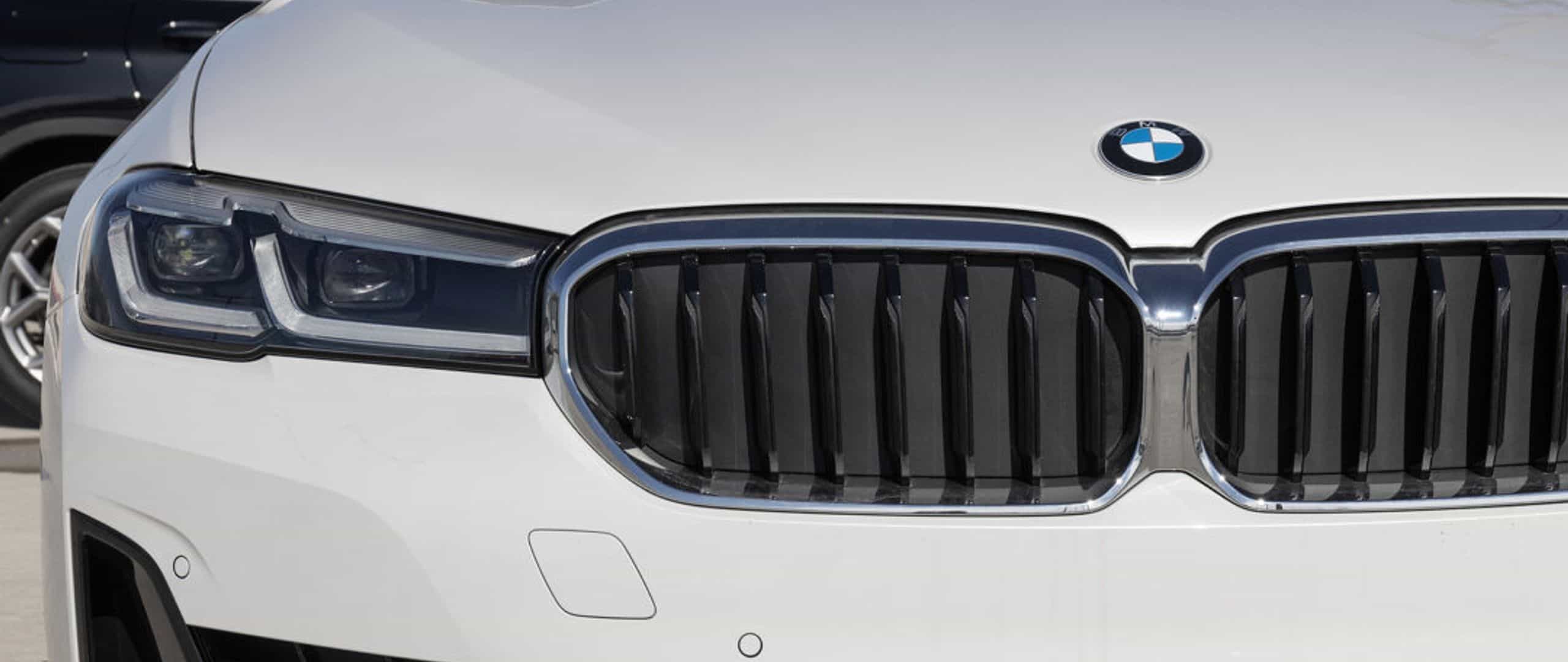Automated Driving Systems
Automated driving systems were intended to improve driver safety and reduce accidents, and features like cruise control and anti-lock brakes have done exactly that. But since 1995 when The Navlab5 was successfully piloted from Pittsburgh to San Diego without any human intervention, the evolution of automated driving systems has become a little scary.
In February of this year Tesla was pressured into recalling 360,000 vehicles with its “Full Self-Driving” system after an investigation conducted by the National Highway Traffic Safety Administration (NHTSA) showed the vehicles “misbehaving” at intersections and not always obeying the speed limits. In 2022, there were 400 reports of accidents involving vehicles with partially automated driver-assist systems, 273 involving Teslas. Although the Tesla crashes happened when the drivers were using the autopilot feature, the automaker says “the vehicles cannot drive themselves and the drivers must be ready to intervene at all times”.
Jennifer Homendy, the National Transportation Safety Board chair, recently criticized federal regulators for “not doing enough to monitor and test automated driving technologies”. CNN reported that the NTSB had called on regulators to set performance minimums and test vehicles rigorously but are still waiting. And not all driving assistance systems are created equal. Consumer Reports rated 12 systems and the two that rated the highest, Ford’s BlueCruise and GM’s Super Cruise, require the driver to pay attention to the road and sound an alarm if the driver’s gaze roams, even for a few seconds.
BMW’s Driving Assistance Professional system was rated 4th overall by Consumer Reports but the German automaker announced new technology soon to be released in the BMW 5-series that will allow drivers to change lanes “just by looking at one of the outside mirrors”. The ability to steer a car with one’s eyes sounds downright futuristic and slightly terrifying but officials at BMW say the new technology has successfully navigated “a diverse program of testing” in all conditions over the past year.
It’s likely car and tech enthusiasts will take the automaker at their word and rush out to try the new technology in October when the new BMW 5-series is released. But those of us who prefer to air on the side of caution, will wait to see what happens.
